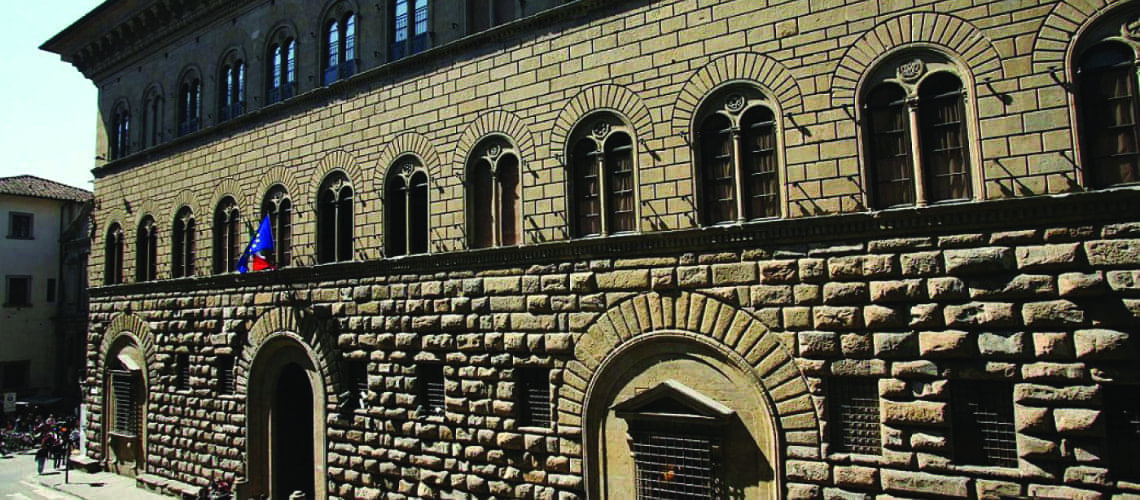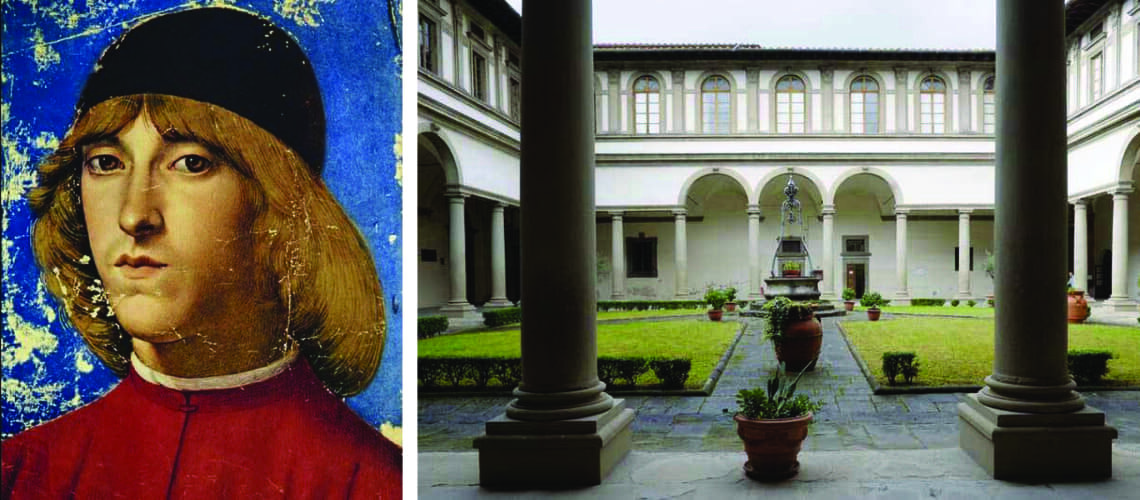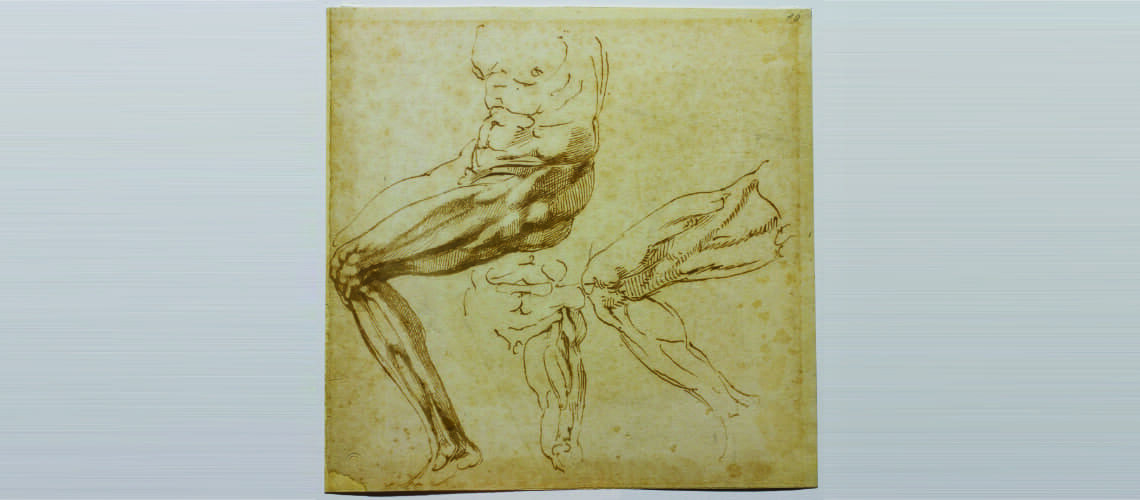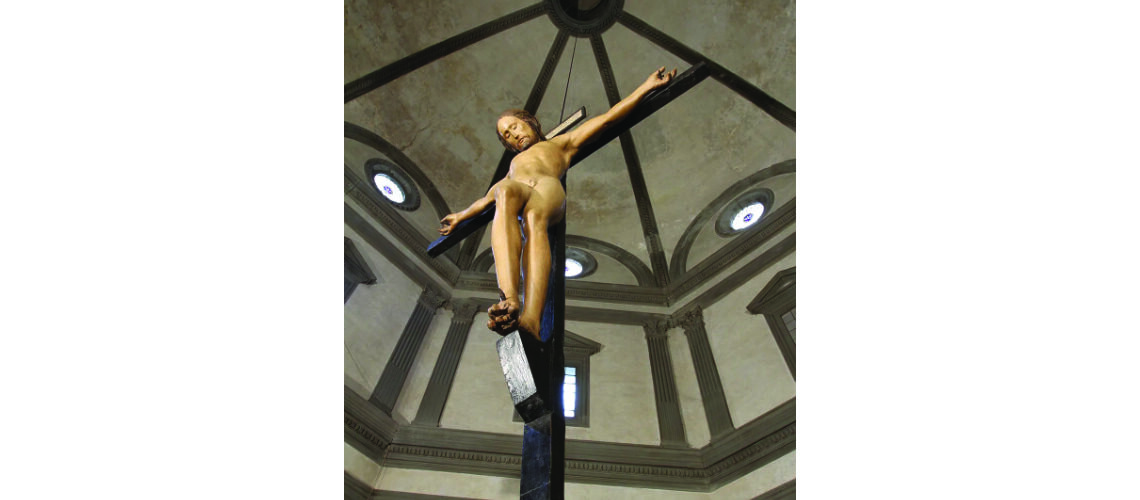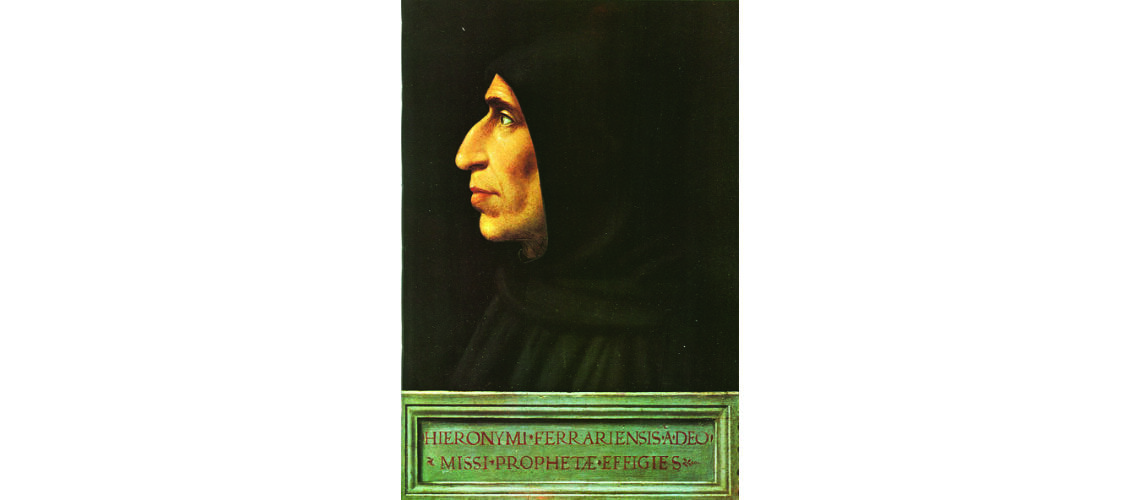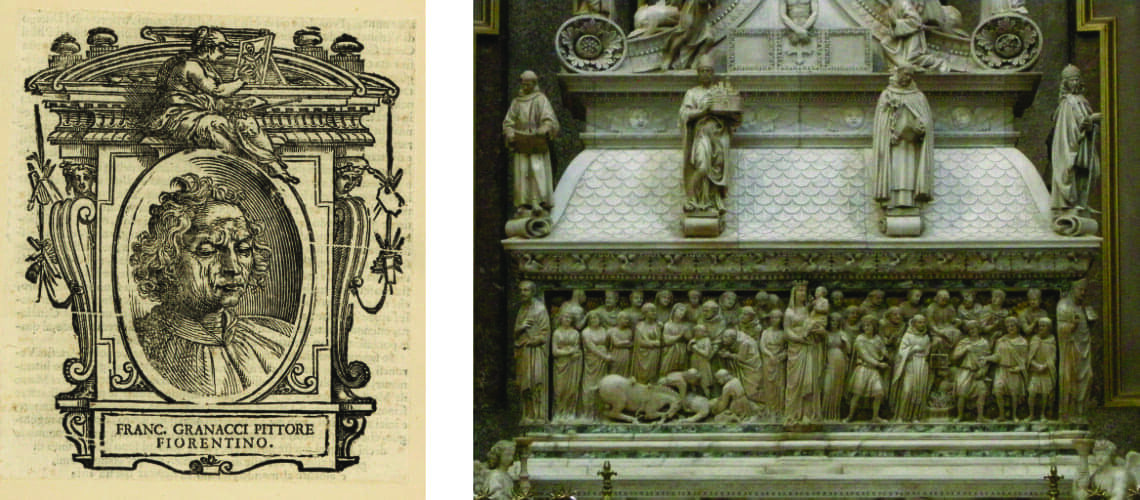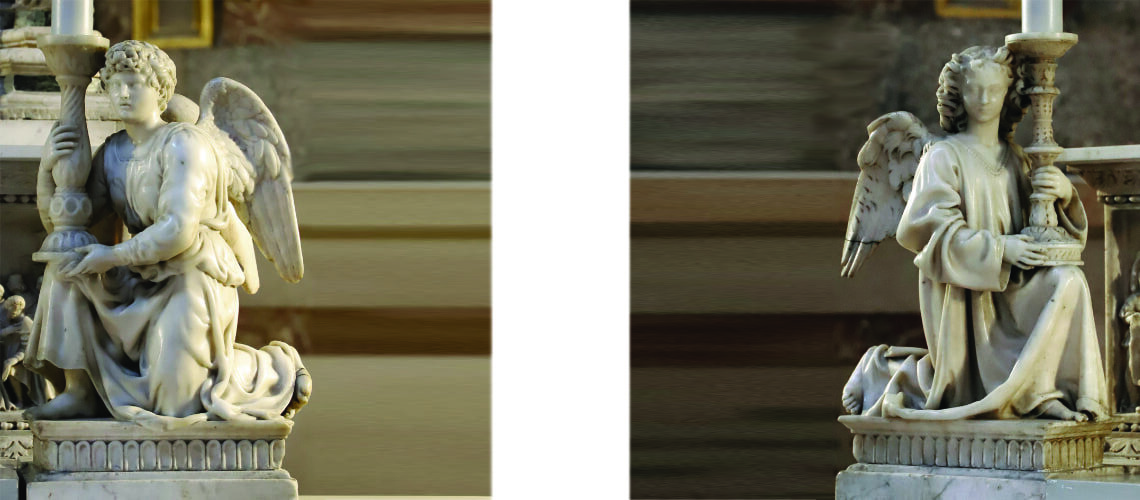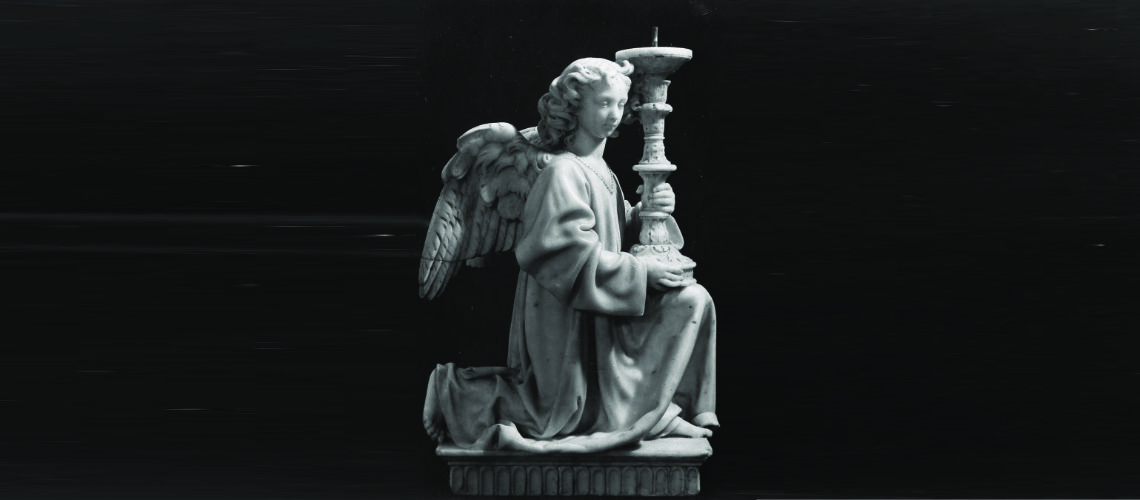Michelangelo and his first sculptures
Part III
Lorenzo the Magnificent had hosted Michelangelo for 4 years in his palace in Via Larga, having him at the table with him and with various guests every day, including the humanists of the Platonic Academy.
In 1492, upon the death of Lorenzo, Michelangelo was exiled from the Medici palace. He was forced to return to his father’s house.
Palazzo Medici after the eighteenth-century enlargement of the Riccardi family
Vasari in his “Lives of the most excellent painters, sculptors and architects” of 1568:
…Era da poco morto Lorenzo il Magnifico quando il giovane Michelagnolo non ancora ventenne si accinse a scolpire un Crocifisso di legno, che si posa sopra il mezzo tondo dell’ altare maggiore, a compiacenza del priore il quale gli diede comodità di stanze…
[…Lorenzo the Magnificent had recently died when the young Michelagnolo, not yet twenty years old, set about sculpting a wooden Crucifix, which rests above the half round of the main altar, at the pleasure of the prior who gave him comfort of rooms…]
It was in this period that Michelangelo dedicated himself to the study of human anatomy through the dissection of corpses. Thanks to the intercession of Piero dei Medici the Fatuous, who succeeded Lorenzo the Magnificent, he obtained permission from the prior of the convent of Santo Spirito, Lapo Bicchiellini, to dissect the bodies of the male cadavers that arrived from the convent hospital.
He performed them at night so as not to risk being accused of necromancy by the inquisition, also performing anatomical drawings.
| Piero di Lorenzo dei Medici known as the Fatuo, Ghirlandaio, 1494, Miniature, National Library of Naples | Convent of Santo Spirito, Great Cloister |
Michelangelo, anatomical drawing, Casa Buonarroti
It was out of thanks that Michelangelo sculpted and donated a wooden crucifix to the prior of the convent, now kept in the New Sacristy of the church of Santo Spirito, a masterpiece of elegance and sweetness.
Michelangelo, Wooden Christ, New Sacristy, Santo Spirito
At the end of the 1400s the political situation in Florence was changing dramatically, Savonarola’s sermons were increasingly listened to, and there was a sense of the fall of the Medici wanted by Charles VIII, King of France.
Girolamo Savonarola, Fra Bartolommeo, 1497, Museum of San Marco
Michelangelo in Bologna
Michelangelo preferred to leave the city and, together with his friends Granacci and the Flemish Johannes Cordier, known as the Cordiere, lyre player at Palazzo Medici, went to Venice, where he remained for a short period, then heading to Bologna. Here he was welcomed by Giovan Francesco Aldrovandi, a trusted man of the lord of Bologna Giovanni Bentivoglio, and through him he received the commission to create three sculptures for the fourteenth-century Ark of San Domenico created by Nicola Pisano and Niccolò dell’Arca, which was not yet completed.
| Francesco Granacci | Ark of San Domenico, Nicola Pisano and Niccolò dell’Arca, sec. XIV, Church of S. Domenico, Bologna |
The Angel Candle Holder
He executed the missing ANGEL CANDLE HOLDER in the right corner of the Ark, matching the one existing in the left corner executed by Niccolò dell’Arca.
| Michelangelo, Angel Candle Holder, ca. 1495, Arca di San Domenico, Bologna | Niccolò dell’Arca, Angel Candle Holder, ca. 1470, Arca di San Domenico, Bologna |
Both angels are kneeling; Niccolò dell’Arca had sculpted an elegant and refined angel, in Renaissance style, with almost feminine characteristics.
Niccolò dell’ Arca, Angel Candle Holder, Arca di San Domenico, ca. 1470, Bologna

